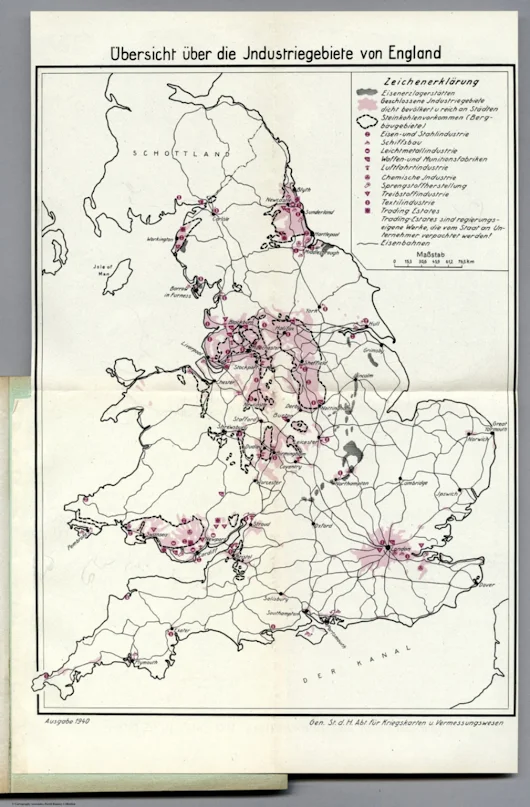On
11 July 1899,
Giovanni Agnelli was part of the group of founding members of FIAT,
Fabbrica Italiana di Automobili Torino. The first Fiat plant opened in
1900 with 35 staff making 24 cars. Known from the beginning for the talent and creativity of its engineering staff, by
1903 Fiat made a small profit and produced 135 cars; this grew to 1,149 cars by 1906. The company then went public selling shares via the
Milan stock exchange.
Agnelli led the company until his death in 1945, while
Vittorio Valletta administered the firm's daily activities. Its first car, the
3 ½ CV (of which only 24 copies were built, all bodied by
Alessio of Turin) was based on a design purchased from
Ceirano GB & C and had a 697 cc (42.5 cu in) boxer twin engine. In
1903, Fiat produced its first truck. In
1908, the first Fiat was exported to the US. That same year, the first Fiat aircraft engine was produced. Also around the same time, Fiat taxis became popular in Europe.
By
1910, Fiat was the largest automotive company in
Italy. That same year, a new plant was built in
Poughkeepsie,
NY, by the newly founded American F.I.A.T. Automobile Company. Owning a Fiat at that time was a sign of distinction. The cost of a Fiat in the US was initially $4,000 and rose up to $6,400 in 1918, compared to $825 for a
Ford Model T in 1908, and $525 in 1918, respectively. During
World War I, Fiat had to devote all of its factories to supplying
the Allies with aircraft, engines, machine guns, trucks, and ambulances. Upon the entry of the
US into the war in
1917, the factory was shut down as US regulations became too burdensome (the site was eventually sold to
Western Publishing). After the war, Fiat introduced its first
tractor, the 702. By the
early 1920s, Fiat had a market share in Italy of 80%.
In
1921, workers seized Fiat's plants and hoisted the red flag of communism over them. Agnelli responded by quitting the company. However, the
Italian Socialist Party and its ally organization, the
Italian General Confederation of Labour, in an effort to effect a compromise with the centrist parties ordered the occupation ended. In
1922, Fiat began to build the famous
Lingotto car factory—then the largest in Europe—which opened in
1923. It was the first Fiat factory to use assembly lines; by
1925, Fiat controlled 87% of the Italian car market. In
1928, with the
509, Fiat included insurance in the purchase price.
Fiat made
military machinery and vehicles during WW2 for the
Army and
Regia Aeronautica and later for the Germans. Fiat made obsolete
fighter aircraft like the biplane
CR.42 Falco, which was one of the most common Italian aircraft, along with
Savoia-Marchettis, as well as
light tanks (obsolete compared to their German and Soviet counterparts) and
armored vehicles. The best Fiat aircraft was the
G.55 fighter, which arrived too late and in too limited numbers. In
1945, the year
Benito Mussolini was overthrown, the
National Liberation Committee removed the
Agnelli family from leadership roles in Fiat because of its ties to
Mussolini's government. They were not returned until
1963, when Giovanni's grandson,
Gianni, took over as general manager until
1966, as chairman until
1996.
Benito Amilcare Andrea Mussolini (29 July 1883 – 28 April 1945) was an Italian politician and
journalist who founded and led the
National Fascist Party. He was
Prime Minister of Italy from the
March on Rome in
1922 until
his deposition in 1943, and "
Duce" of
Italian Fascism from the establishment of the
Italian Fasces of Combat in 1919 until
his execution in 1945 by
Italian partisans. As
dictator of Italy and founder of
fascism, Mussolini inspired and supported the
international spread of fascist movements during the
inter-war period.
The
National Fascist Party (
Partito Nazionale Fascista, PNF) was an Italian
political party, created by
Benito Mussolini as the political expression of
Italian Fascism and as a reorganization of the previous
Italian Fasces of Combat. The party
ruled the
Kingdom of Italy from
1922 when Fascists took power with the
March on Rome until the
fall of the Fascist regime in
1943, when Mussolini was deposed by the
Grand Council of Fascism. It was succeeded, in the territories under the control of the
Italian Social Republic, by the
Republican Fascist Party, ultimately dissolved at the end of
WW2.
The National Fascist Party was rooted in
Italian nationalism and the desire to restore and expand
Italian territories, which Italian Fascists deemed necessary for a nation to assert its superiority and strength and to avoid succumbing to decay. Italian Fascists claimed that modern Italy was the heir to
ancient Rome and its legacy and historically supported the creation of an
Italian Empire to provide
spazio vitale ("living space") for
colonization by Italian settlers and to establish control over the
Mediterranean Sea.
Fascists promoted a
corporatist economic system whereby employer and employee
syndicates are linked together in associations to collectively represent the nation's economic producers and work alongside the state to set national economic policy. This economic system intended to resolve
class conflict through
collaboration between the classes.
Italian Fascism opposed
liberalism, but did not seek a
reactionary restoration of the pre-
French Revolutionary world, which it considered to have been flawed, and not in line with a forward-looking direction on policy. It was opposed to
Marxist socialism because of its typical opposition to nationalism, but was also opposed to the
reactionary conservatism developed by
Joseph de Maistre. It believed the success of Italian nationalism required respect for tradition and a clear sense of a shared past among the Italian people alongside a commitment to a modernized Italy, as well as a solid belief that Italy was destined to become the
hegemonic power in Europe.
The National Fascist Party along with its successor, the
Republican Fascist Party, are the only parties whose re-formation is
banned by the
Constitution of Italy: "It shall be forbidden to reorganize, under any form whatsoever, the dissolved fascist party."
In Italian, the word
fascio (plural
fasci) means literally “bundle,” and figuratively “group.” From at least
1872 fascio was used in the names of
labor and agrarian unions, and in
October 1914 a political coalition was formed called the
Fascio rivoluzionario d’ azione internazionalista (“revolutionary group for international action”), which advocated Italian participation in World War I on the side of the Allies. Members of this group were first called
fascisti in
January 1915.
The words
fascism and
fascist have long been associated with the
Fascisti of Benito Mussolini and the
fasces, the bundle of rods with an ax among them, which the
Fascisti used as a symbol of the Italian people united and obedient to the single authority of the state. However, Mussolini did
not introduce the word
fascista (plural
fascisti) in association with the 1919 organization of the
Fasci di combattimento (“combat groups”), nor did the fasces have any direct connection with the origin of the word
fascista, which was already in political circulation in 1919. Although Mussolini was closely associated with this interventionist movement, it had no direct link with the post-war
Fasci di combattimento. It is, however, to the
Fascisti in their
1919 incarnation—who
seized power in Italy three years later—that we owe the current customary meanings of our words
fascism and
fascist.



